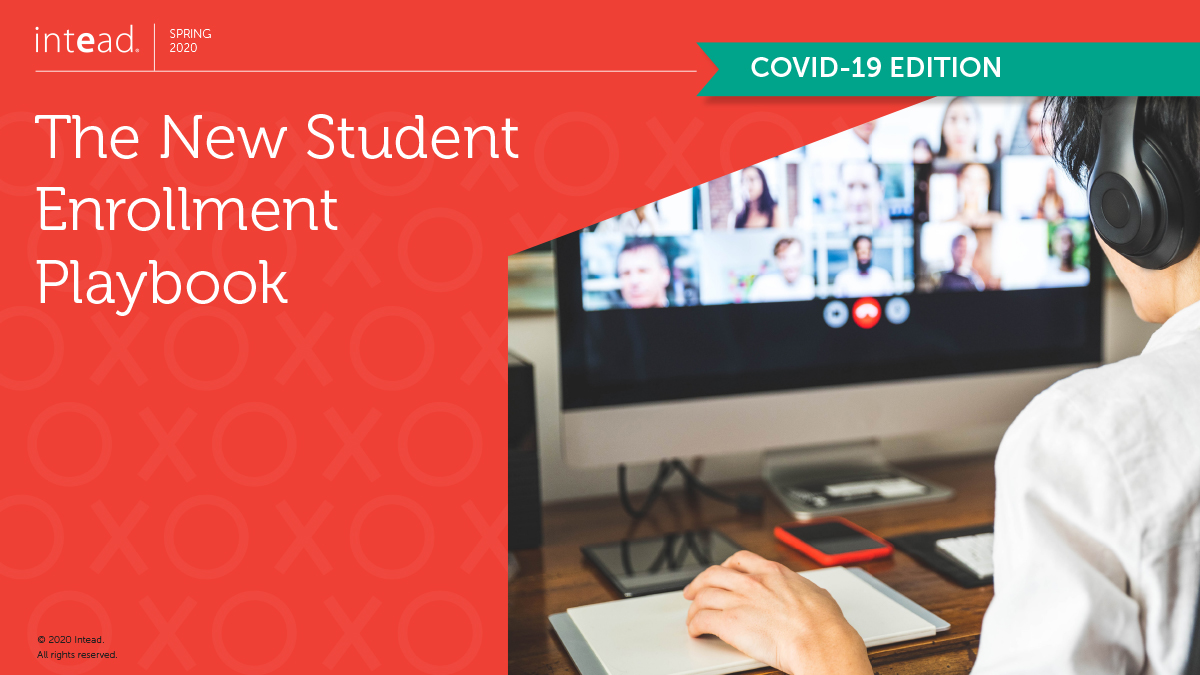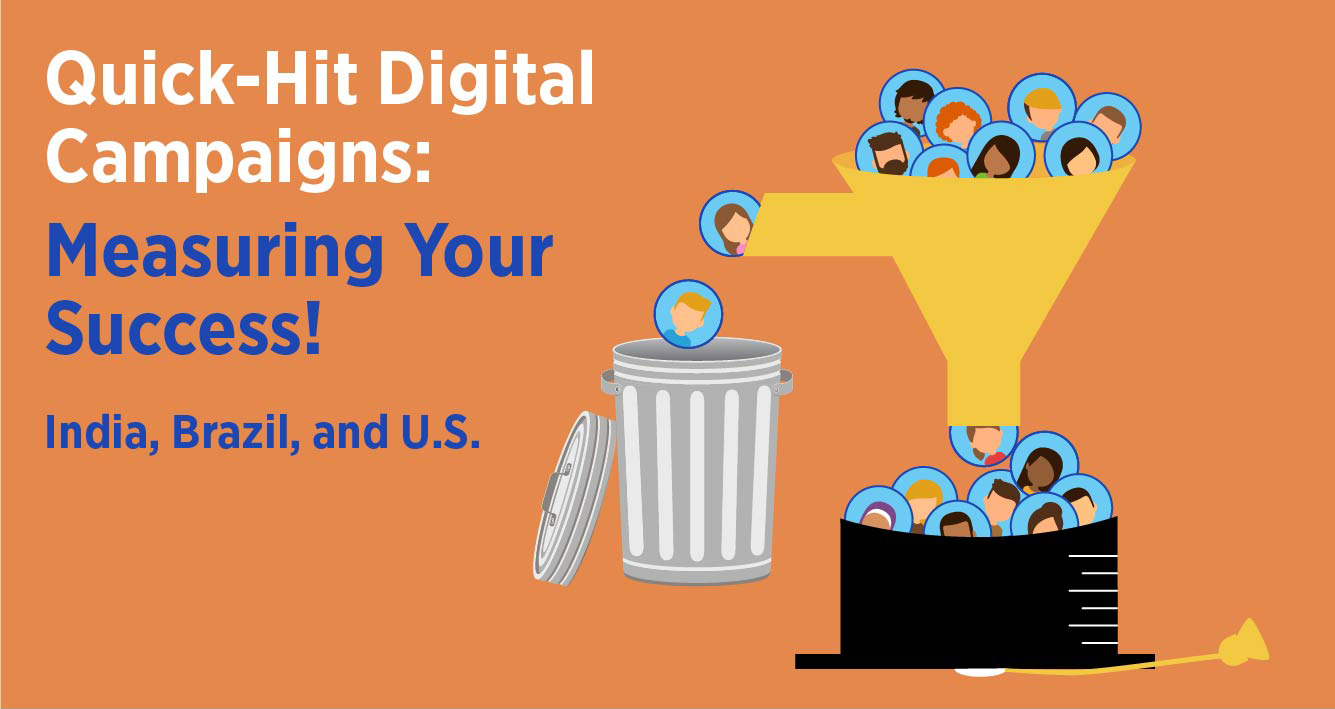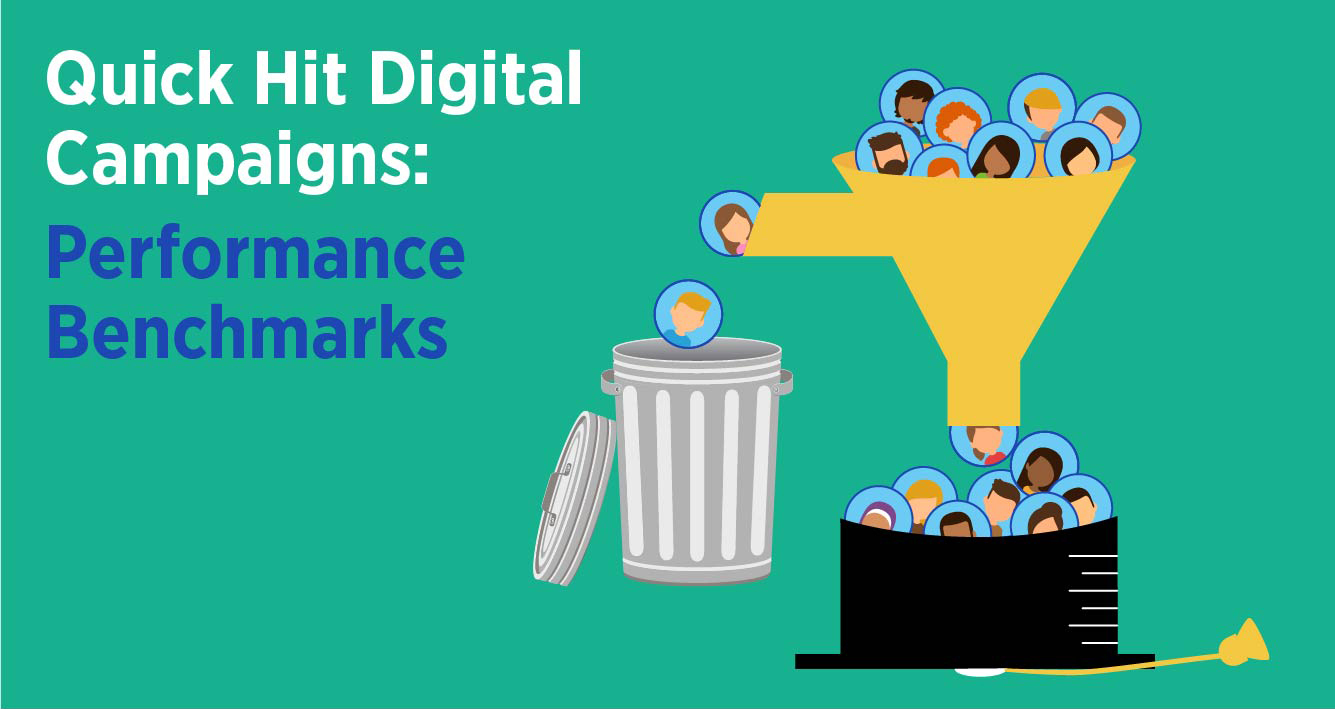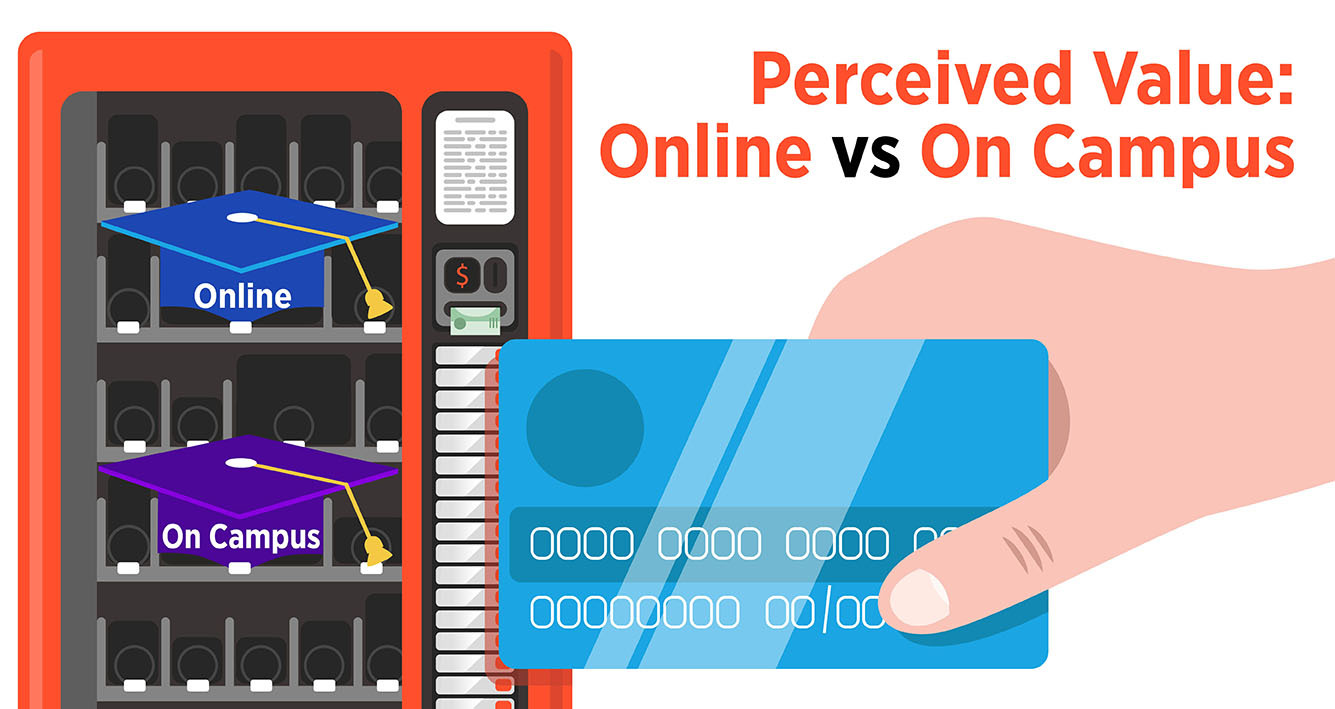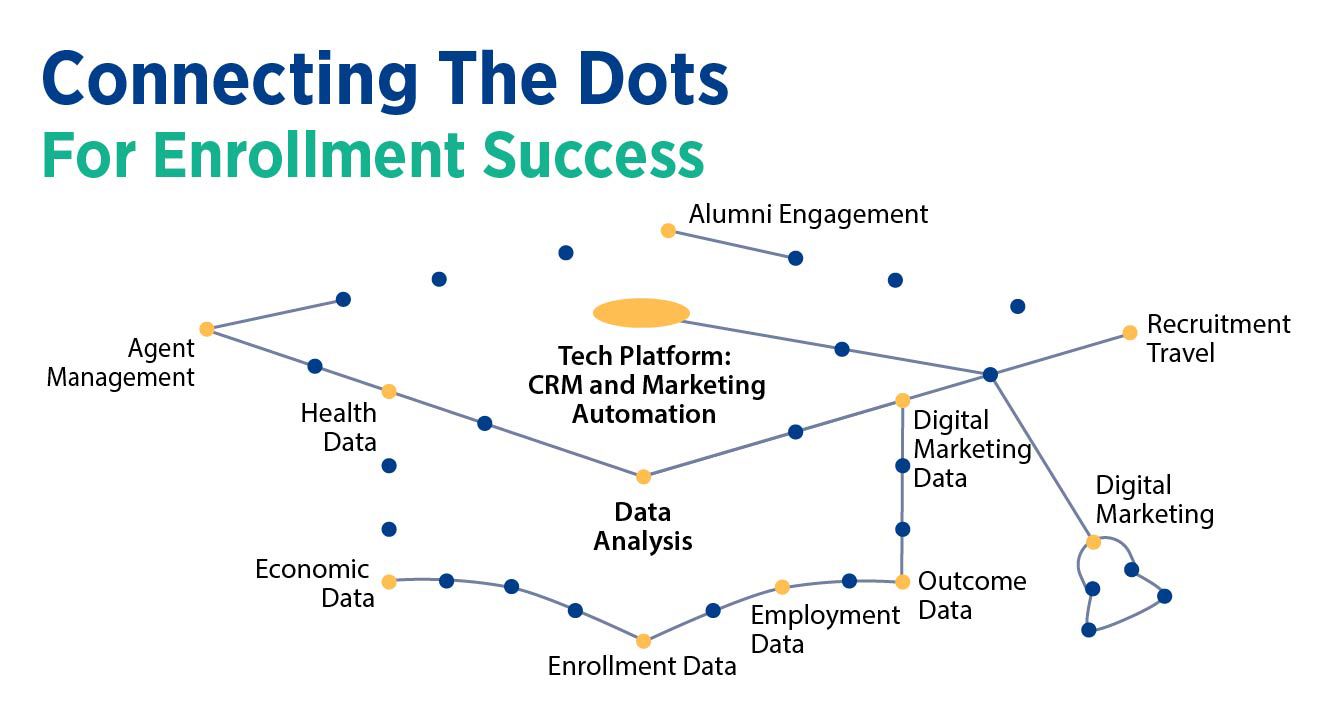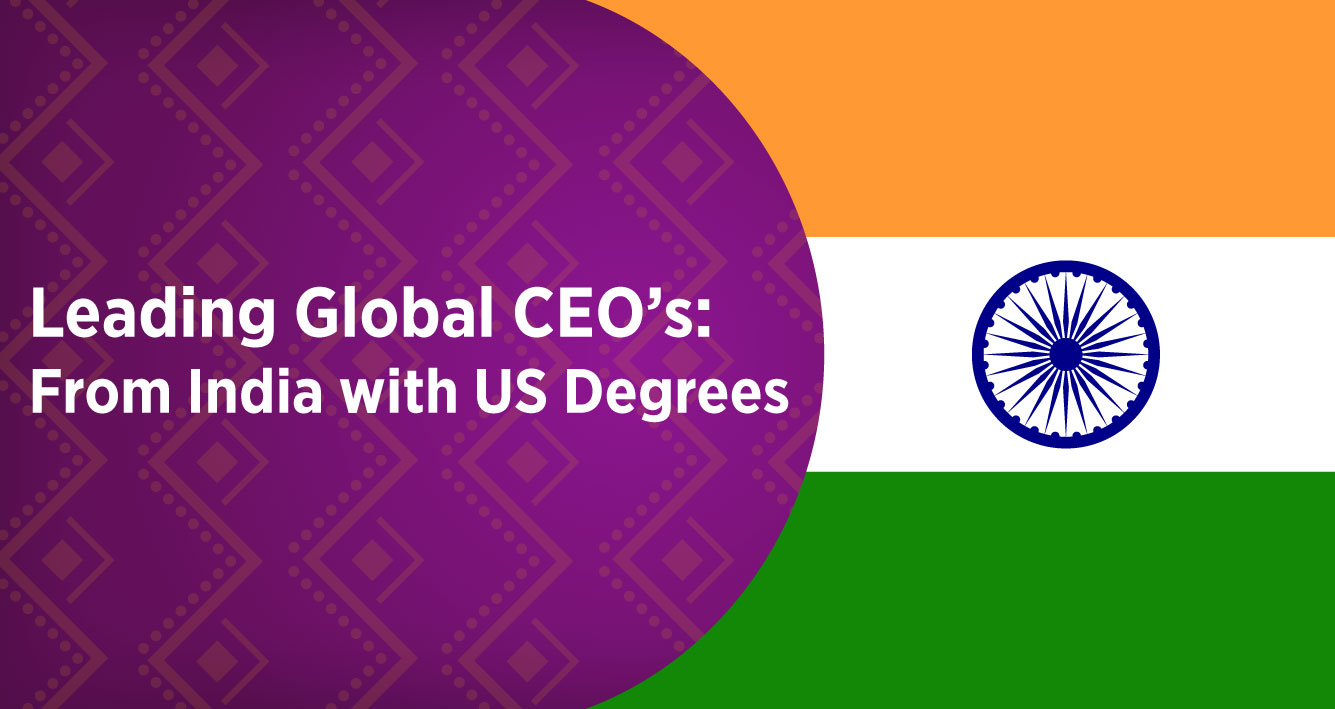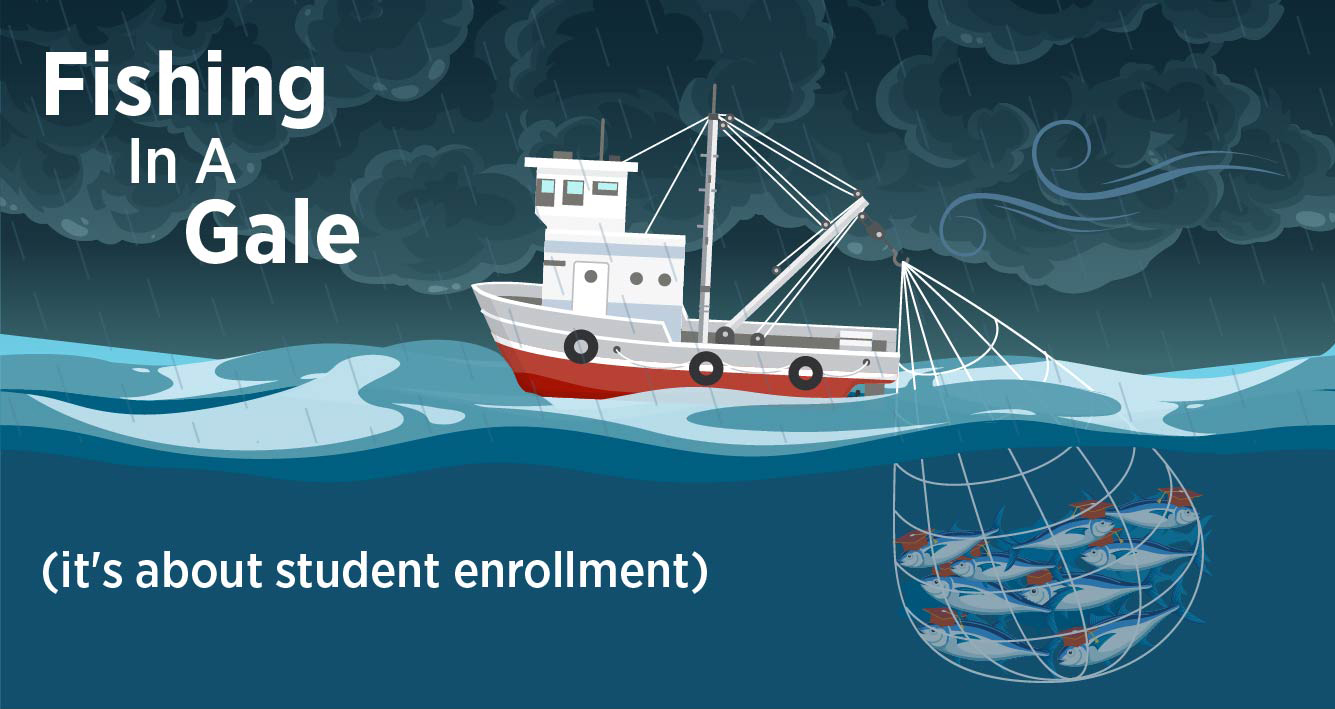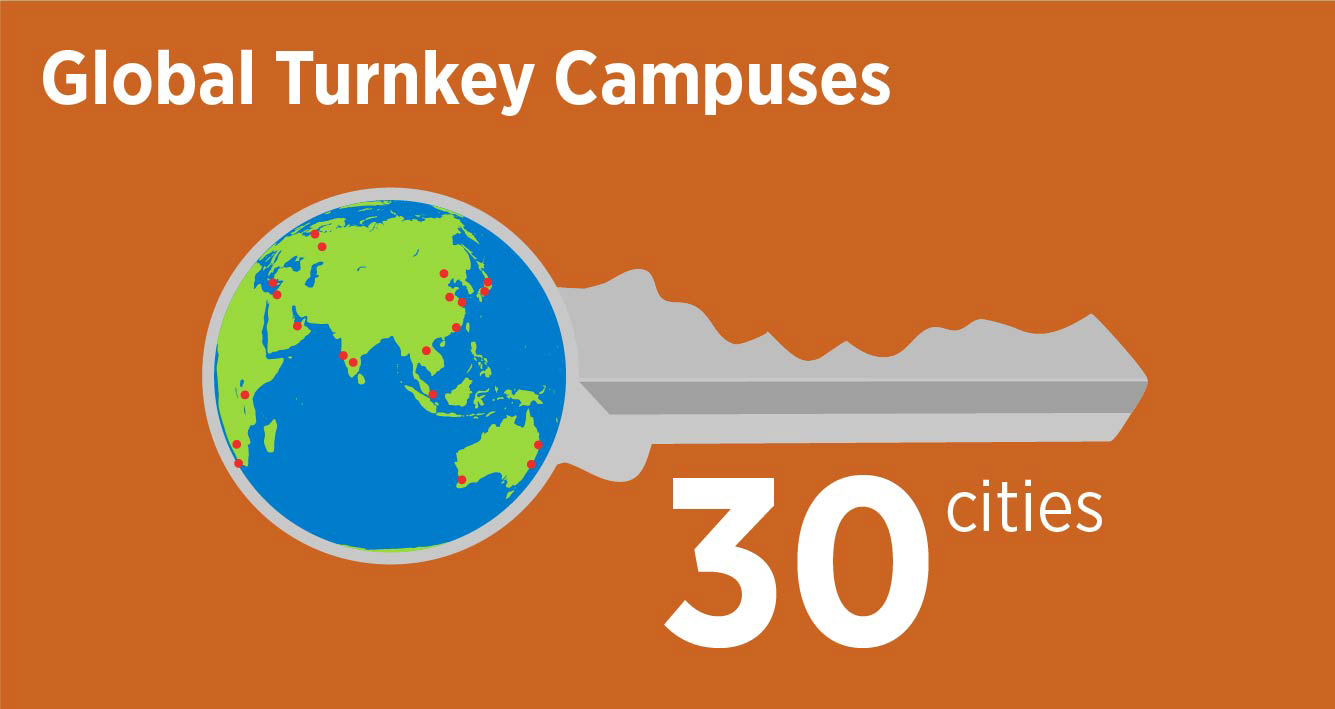We’d like to think that your Wednesday ritual includes reading our latest Recruiting Intelligence blog release over your morning coffee, but we know that you’ve had a lot on your plate recently, and we don’t mean breakfast.
What a difference a week makes? Last week everyone was reacting to the ICE guidance that if U.S. classes were online only, international students had to head for the exits. Now, 7 days later, that order is rescinded and international students may stay in the U.S. and study online.
While this is welcome news, if anyone thinks this is the end of the headaches, confusion and policy level chaos on this topic, they've not been paying attention for the past few years.
Throughout the rise of COVID-19 we’ve been offering quick-hit, actionable advice weekly on this blog, advising on how to weather this storm, salvage your enrollment, and pivot your digital marketing strategy in response to this unprecedented global crisis.
This Not So Fun Fact from UNESCO still boggles our minds: By the first week of April, 190 countries closed kindergartens to higher education institutions simultaneously affecting 1.6 billion learners, 90% of total enrolled learners globally.
If you’ve missed any of our valuable insights these past few months, or if you just need a refresher — we know, there’s a lot to keep track of right now—you’re in luck. Our latest eBook, The New Student Enrollment Playbook: COVID-19 Edition is now available to download for free.
Consider it your one-stop-shop for all things COVID-19, and not to worry, we disinfect the download button following each click ; -)
From advice on crisis contingency planning to a review of the best online learning resources, The New Student Enrollment Playbook will help you and your leadership navigate this new normal and emerge stronger for it. Read on to download your copy.
Read More
